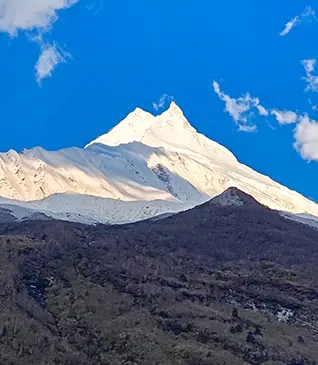Trekking is one of the most enriching outdoor adventures. Every trail of the Himalayas, from lush valleys to snowy Himalayan peaks, offers a breathtaking view of nature’s beauty and some unforgettable memories to the trekkers.
But as you try to live those rare moments of your life, there is one thing that plays a huge role in keeping your journey smooth, and that is - Safety. As you plan your quick weekend to trek in the Himalayas, safety should always come first.
Safety rules are for everyone, whether you are a first-time trekker or an experienced trekker. Some basic safety rules are non-negotiable, as these rules not only ensure your safety, they help in keeping your journey exciting, unhazardous, and smooth from start to finish.
So, here are ten essential trekking safety tips for beginners to keep in mind while preparing for your first-ever trekking voyage.
Research and Plan Your Trek Thoroughly
Before setting foot on any trail, research is your best friend. From researching to planning everything about your trekking journey is very important. Studying the route, understanding weather patterns, learning about terrain challenges, and altitude gain are the main foundations for a safe and adventurous trekking journey.
Investing your time and energy in verifying the permit requirements for trekking, familiarizing yourself with all the emergency exits and evacuation points on your trekking routes, and conducting thorough research is called meticulous planning, which every trekker should always do before embarking on any trek.
If you want some more help, you can look for some reliable websites, guidebooks, and experienced trekkers’ blogs that can provide you with some valuable insights. As proper planning isn’t just about reading the map, it’s about understanding the environment, knowing the routes, requirements, and preparing for surprises.
Here are a few tips to keep in mind while planning your trekking adventure -
- Always choose the trail after assessing your capability. Since you are a beginner, you should choose a well-marked and less challenging route.
- Always choose a trek according to its duration. As a beginner, choose treks that have short trails compared to other treks.
Assess Your Fitness Level
Every trek, every outdoor adventure requires a good amount of stamina. So, to be prepared and to stay in perfect health, a trekker is required to do some physical exercise. Among everything, walking on a long trail is the main part of trekking.
Therefore, to enhance the trekkers' experience and physical fitness, you are required to do some basic mandatory exercises like cardio exercise, brisk walking, and climbing stairs, which help in improving their health. Another thing that will benefit you more is if they start working out 3 months before their trekking journey date. In this way, not only will your body become habituated to this physical routine, but it will also decrease the risk of you getting any injury or getting fatigue during the trek.
Some physical fitness tips that you can follow to keep your body active and fit are:
- Walking/Running
- Cycling
- Leg Strengthening Exercise
- Core Workouts
- Flexibility Training
For a complete fitness routine, kindly click on the link below..
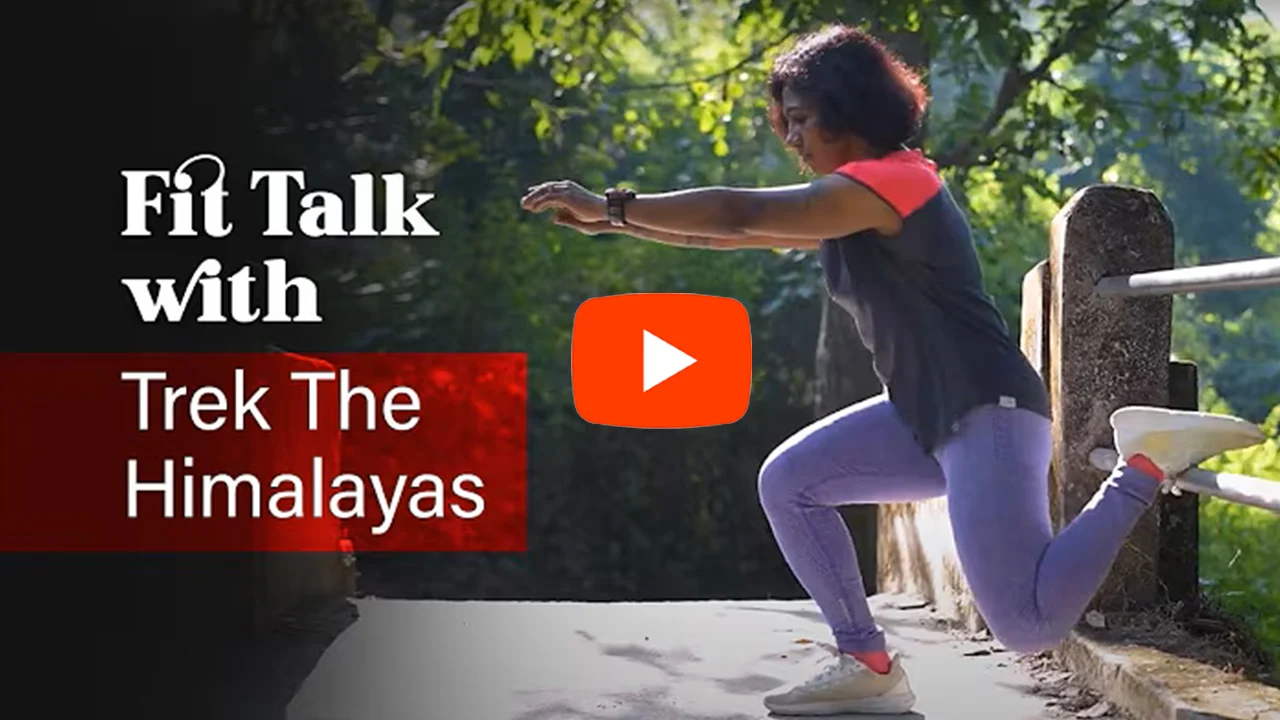
Carry the Right Gear
Packing for any kind of trip is the biggest task in itself. While packing, you must consider certain factors like the weather of your chosen place, the weight of the bag, and so on. While packing your bags for trekking, there are a few things that you must carry, which are trekking shoes, layered clothing, a rain jacket, a first-aid kit, water bottles, and a flashlight. Other than this, the list of packing essentials varies from season to season and the surrounding requirements of the trekking place.
Always remember that just like planning and research, carrying the right gear is also essential for your safety and comfort during trekking.
Just before packing, keep a few things in mind -
- Give priority to the main, important gears first.
- Always carry an extra layer of clothes.
- Try to keep as few gadgets as possible.
- The weight distribution of the bag is very important.
- Always test your gears before packing them.
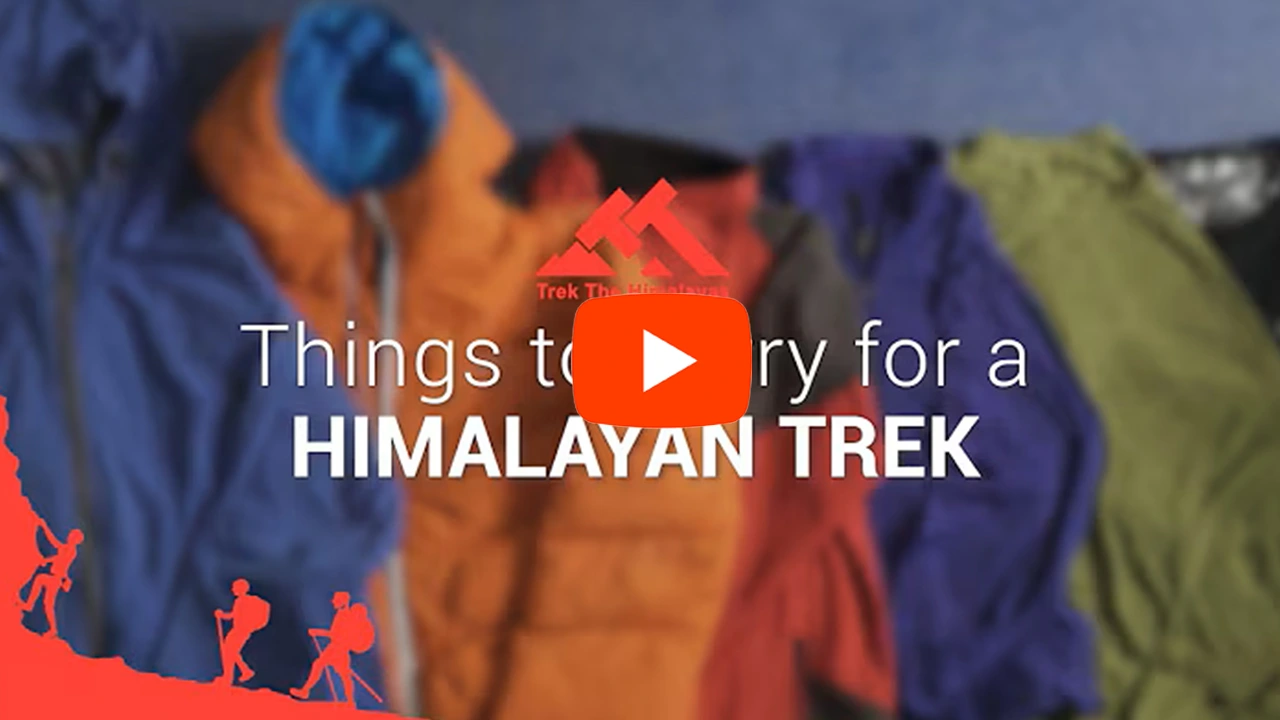
Stay Hydrated and Eat Well
Long walking hours require a proper water intake. If you keep walking without having proper water intake, then it won’t be long before dehydration hits you and starts affecting your health. Therefore, keep your body hydrated properly, drink plenty of water while trekking, even if you don’t feel thirsty.
Please note - If you maintain a good amount of water intake during your fitness preparation, then it will help boost your body's stamina.
Other than that, while being on the trek, you can carry various energy bars, dry fruits, and some light snacks to maintain your energy level during the trek.
Respect Weather Conditions
Whether it’s a mountain or any other place in today’s time, nothing remains consistent, and most of all, the weather. Since you never know the change in weather, make sure to pack all the major essentials that can be beneficial during a weather change.
The best way to prevent yourself from getting stuck in any weather situation is, firstly, before planning or leaving for your trekking trip, always check the weather conditions beforehand, and secondly, try to learn the signs of changing weather. In this way, you will be able to protect yourself from any weather situation.
Just keep one thing in mind: if the weather situation starts to get worse, then don’t hesitate to turn back; it’s better to be safe than sorry.
Learn Basic First Aid
While travelling or trekking, getting minor injuries like blisters, sprains, or minor cuts is very common during treks. But knowing how to use the emergency first-aid kit is not a common thing. People are rarely aware of basic first-aid skills, even simple skills like dressing a wound or recognizing altitude sickness are big deals for all of us.
Therefore, before going on a trek, you must learn all the basic medical first-aid techniques just to be on the safe side in case of any emergency during your journey.
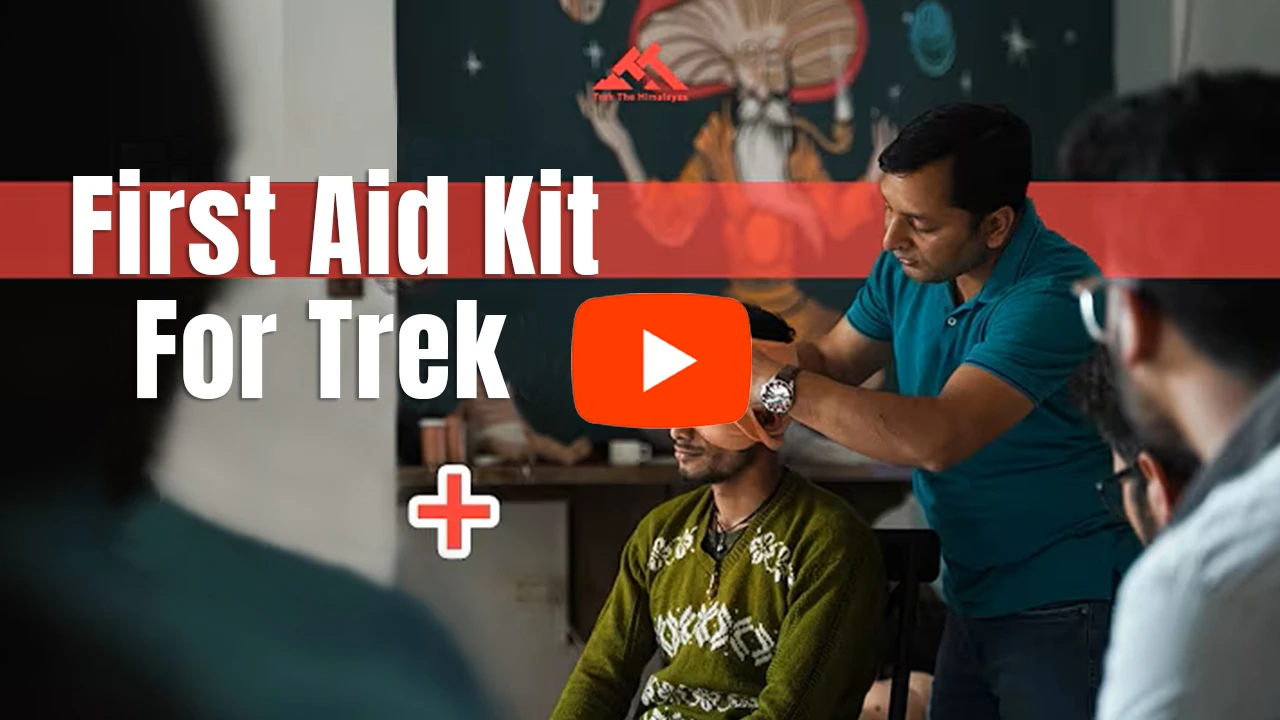
Respect the Environment
Getting the opportunity to witness the beauty of nature at paradise-like mountains is very rare, and to keep maintaining that beauty of nature is our responsibility. So, make sure when you are trekking, try to minimize the use of things that can increase the amount of waste in the mountain region.
Try to use all the reusable items, don’t overpack your stuff, and then throw them away in the mountains. Try to keep the region well safe and protected for your and the wild animals' safety.
Just avoid littering, respect local cultures, and stick to marked trails. Make sure that the trekking trails remain safe and beautiful for everyone.
Read More Articles About Sustainable TourismNever Trek Alone
A lot of times, many people like to go on a solo trek to explore serenity and find some inner peace. For people who have experience in trekking and have gone to various mountains, a solo trip is perfect for them. But for the beginners like you all, a trip with a guide or a group of people is a much better option.
Trekking in groups ensures your safety on an unknown route, provides help in any case of emergency, and provides you with company on such a long journey.
Stay on Mark
While trekking on an unfamiliar route, walking on the marked route or the route led by your trek leader is very important. Straying from the path will not only lead you to getting lost in the mountain area, but it also increases your safety risk.
Listen to Your Body
One of the major factors while trekking is staying fit. So, while trekking, whenever you start feeling altitude sickness, it’s your responsibility to inform your trek leader. Just to witness the peak beauty of the mountains, ignoring your health can do more severe damage to your health. Therefore, the best advice to you all is never to hide your health condition or discomfort from your leader; inform them on time so that quick action can be taken and any serious damage to health can be avoided on time.
Conclusion
Trekking is the most thrilling outdoor adventure of all time and the best way to connect with nature, too. But safety should always come first for every trekker, especially in the case of beginners.
By following these safety rules, you will not only avoid unnecessary risks but will also ensure your journey remains memorable for all the right reasons.
From researching the trekking route to focusing on and updating your health, you will not only be increasing your confidence in trekking but will also be increasing your chances of making your trip smooth and go fluently.
So always remember, the mountains can be the most beautiful and the most unpredictable destruction within a blink, so be cautious, stay prepared, and whether you’re planning to go to the Himalayas or explore local trails, Trek the Himalayas is always here for you to guide you, help you, and plan an unforgettable experience for you all.
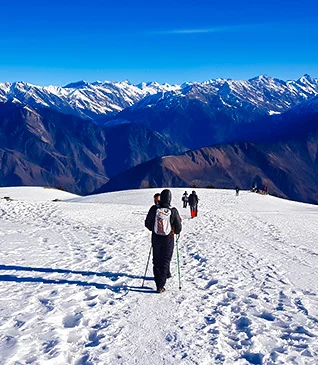
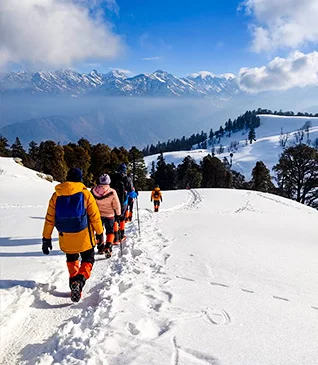
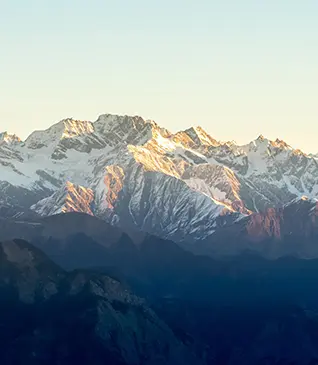
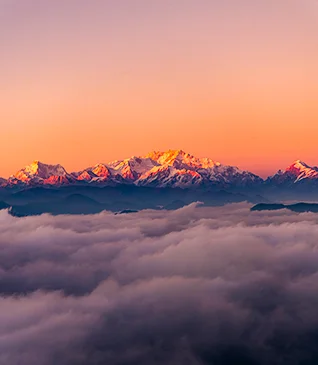
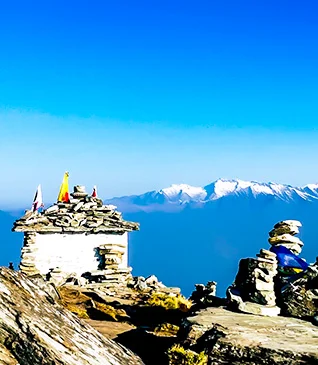
.webp)
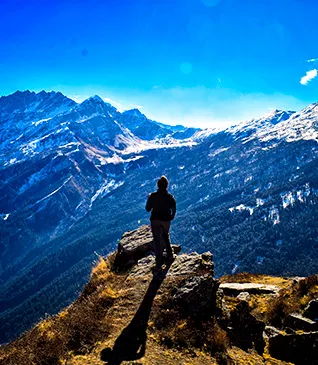
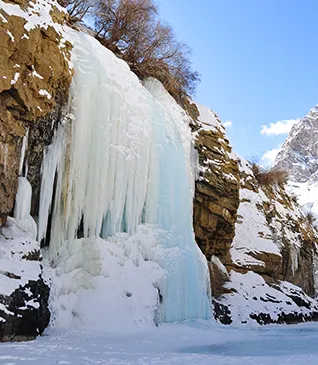
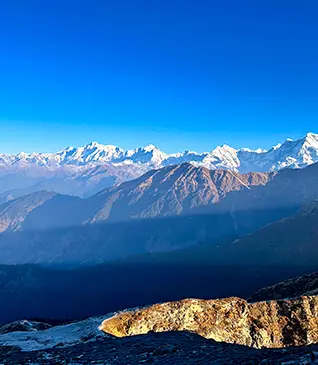
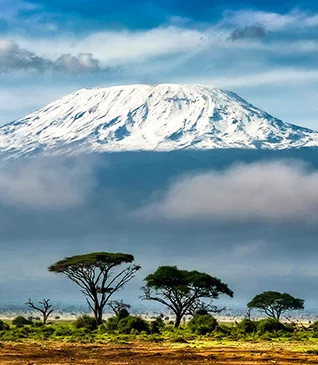
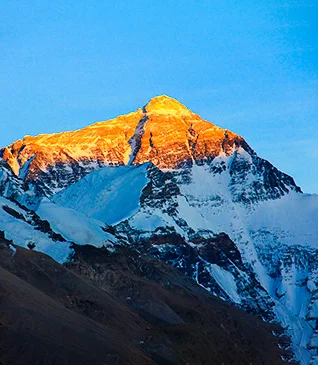
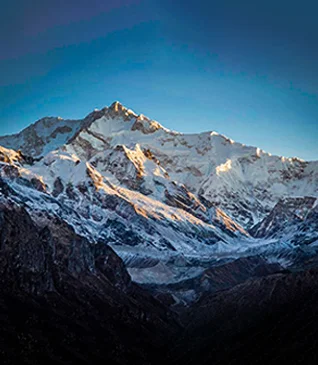
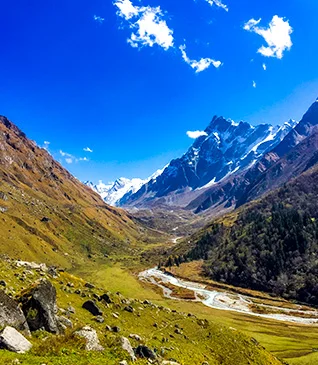
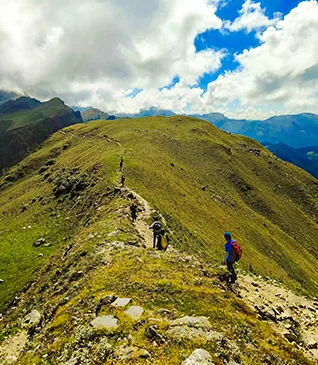
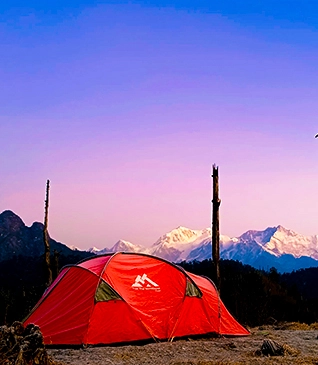
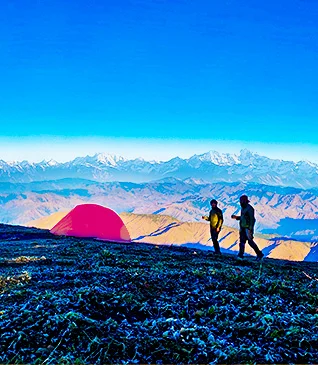
.webp)
